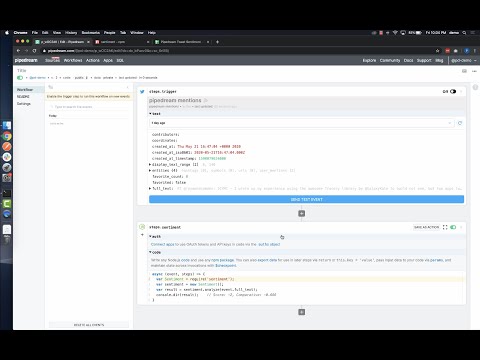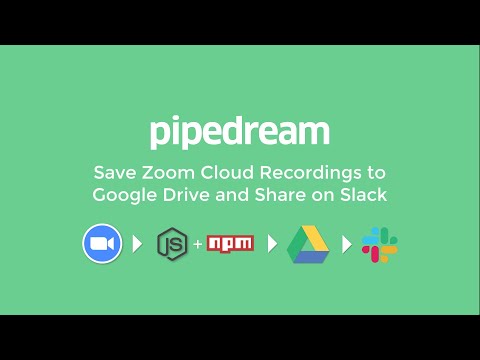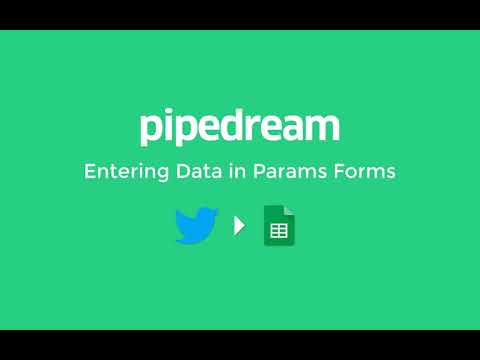Timeular
Effortless time tracking to help you lead a more rewarding work-life.
Integrate the Timeular API with the Google Sheets API
Setup the Timeular API trigger to run a workflow which integrates with the Google Sheets API. Pipedream's integration platform allows you to integrate Timeular and Google Sheets remarkably fast. Free for developers.
Popular Ways to Connect Timeular with Google Sheets#
Popular Timeular and Google Sheets Triggers#
Emit new event each time a comment is added to a spreadsheet.
Emit new event each time a row or rows are added to the bottom of a spreadsheet.
Emit new event each time a row or cell is updated in a spreadsheet.
Popular Timeular and Google Sheets Actions#
Add a single row of data to Google Sheets. See the documentation
Creates a new tag within the given space and scope. See the documentation
Add multiple rows of data to a Google Sheet. See the documentation
Overview of Timeular#
The Timeular API lets you track, analyze, and manage your time directly, integrating your time tracking activities with other apps and automations. With Pipedream, you can harness the API to create custom workflows, such as triggering events based on time tracking data, syncing time entries with project management tools, or even automating invoicing processes based on tracked time. It's about connecting Timeular's detailed time tracking capabilities with other services to streamline productivity and reporting.
Connect Timeular#
import { axios } from "@pipedream/platform"
export default defineComponent({
props: {
timeular: {
type: "app",
app: "timeular",
}
},
async run({steps, $}) {
return await axios($, {
url: `https://api.timeular.com/api/v3/me`,
headers: {
Authorization: `Bearer ${this.timeular.$auth.oauth_access_token}`,
},
})
},
})
Overview of Google Sheets#
The Google Sheets API allows for the creation, reading, updating, and deletion of data within Google Sheets, enabling a robust platform for spreadsheet management and data manipulation. Through Pipedream, you can craft serverless workflows that respond to various triggers, such as webhook events, emails, or scheduled times, to interact with Google Sheets. This synergy can automate reporting, synchronize data across applications, manage inventory, track leads in a CRM, or even conduct survey analysis by updating and retrieving sheet data on the fly.
Connect Google Sheets#
import { axios } from "@pipedream/platform"
export default defineComponent({
props: {
google_sheets: {
type: "app",
app: "google_sheets",
}
},
async run({steps, $}) {
return await axios($, {
url: `https://www.googleapis.com/oauth2/v1/userinfo`,
headers: {
Authorization: `Bearer ${this.google_sheets.$auth.oauth_access_token}`,
},
})
},
})
Related Videos#



Community Posts#


